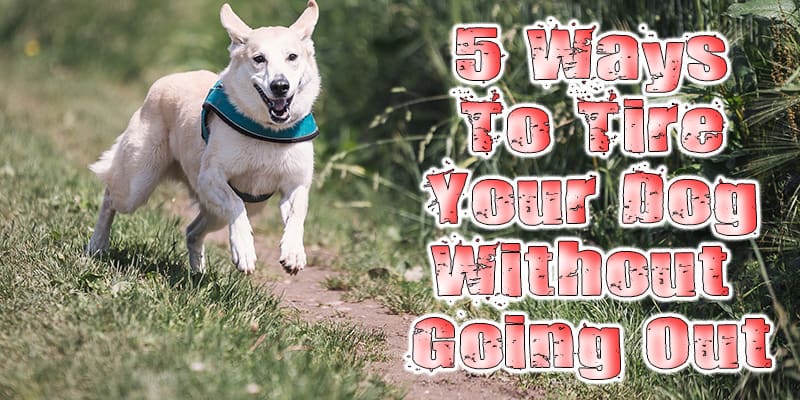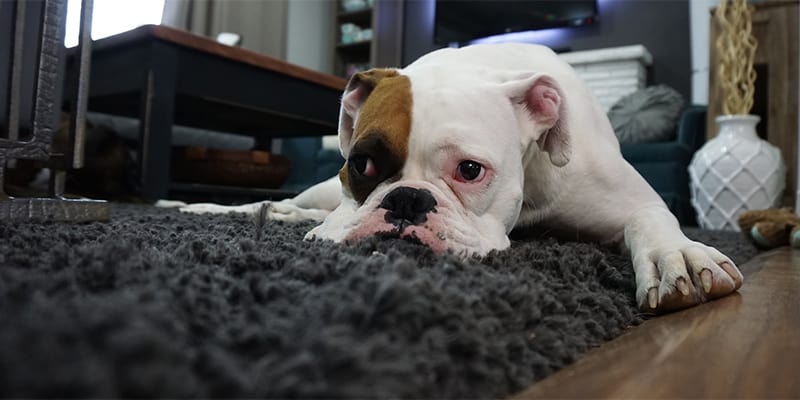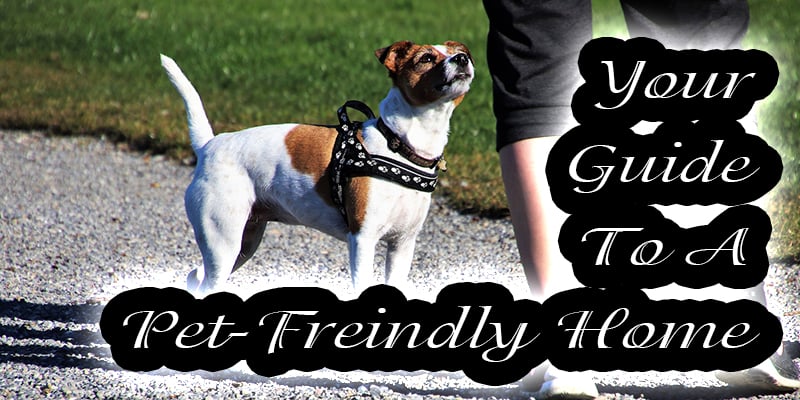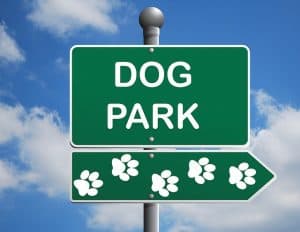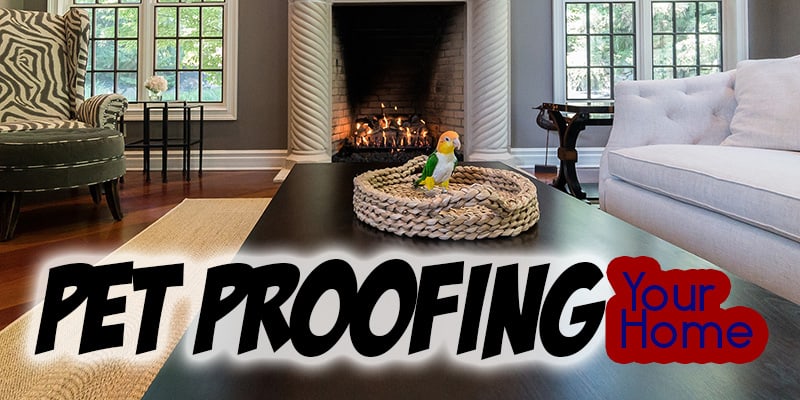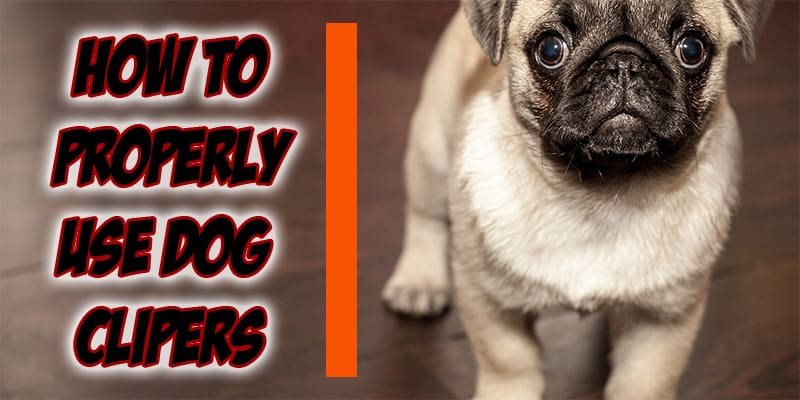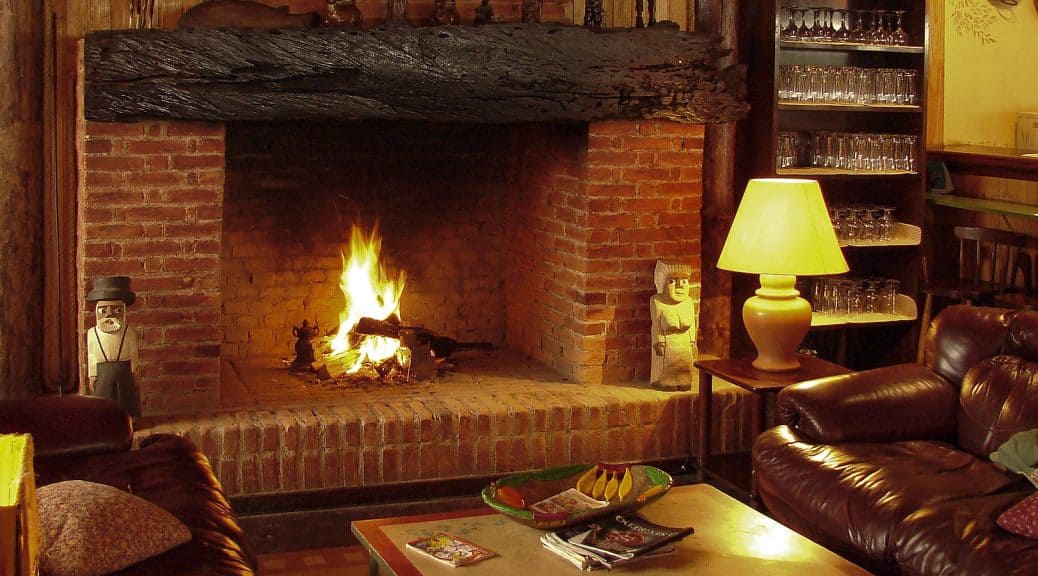It’s important for our dogs to get some fresh air and exercise as much as it is for us. However, some of us work and can’t take George (our pretend Bernese Mountain Dog) out for a walk during the day like we’d like to. Many of us need to go to work and don’t want to hire someone to walk our dog for us. It’s better for us to bond with them anyways, right?
Well, the only choice we have left is to take our walks at night. However, there are so many factors to keep in mind to make sure that it’s a safe and fun experience.
1. Use the Right Leash
Many people use flexi-leashes (retractable leashes) while walking their dog. While these are fine to use during walks during the day, they aren’t as safe when you’re walking your dog at night. Your dog needs to be close to you when you walk in the dark, and that can be difficult to do with a flexi-leash. Instead, use a standard leash, but on the shorter side so your dog can stay close to you. This reduces not only your lack of sight on George, but also will let other people know your dog isn’t roaming alone.
Another quick tip is to make sure that the leash is reflective. This way, any light that comes your direction should be seen by the person driving their car. Little things like this can go a long ways to keeping you safe at night.
2. Wear the Proper Clothes
Not only is your dog’s safety important, but so is yours (obviously). Never wear dark clothes when walking around at night. It’s harder for people to see you and could lead to an accident simply because no one could see you. This also plays into wearing something reflective. Like I’d mentioned before, you should be seen long before an accident could occur.
The fantastic factor is that the finest composition support are available below. Like the majority of our first time clients, you’ll no doubt have some healthful skepticism about our essay writer. You really must smooth out all of the kinks within your composition. Get several eyes or proficient basic composition pros which will give you a hand.
Educational writing is a very huge section of your work for a pupil. Consequently, they provide different solutions geared toward helping students to produce their essay creating assignment easy. Some individuals will discover that working a number of hours every single day on an article is truly effective. The issue is you will also have to commit lots of time plus endeavour to write the ideal / optimally essay or an alternate homework.
Yes, being seen is important, but don’t forget dressing for the weather too. It’s always cooler at night, so make sure to bring some outerwear to keep warm. Even if it’s decently warm outside, it’s best to be prepared for anything. You wouldn’t want a cold breeze to come in and leave you shivering because you wore a tank top and shorts, right?
3. Lights, Lights, Lights!
Nothing should be stressed more than having good visibility at night, especially when your walking. Always take the proper precautions when walking your dog at night. Bring a flashlight with you and maybe consider bringing two just in case one goes out or breaks. Maybe this sounds overly cautious, but it’s no fun walking in the complete dark. If this is inconvenient for you to carry around, get a headlamp. You don’t have to worry about fumbling around with a regular flashlight and your energetic dog at the same time.
Regardless of which one you use, it’s important to use one of them or another source of light if you prefer. It’ll increases your visibility at night and is especially crucial to have if you don’t have anything reflective to wear or use on your nightly walk.
4. Walking Buddy
If you don’t want to walk George alone, then always bring someone else with you. You’re more likely to be a targeted by people with bad intentions if you’re alone. Your dog may not always be able to protect you if you have a bad encounter. However, walking with a friend can lower the odds from most threats.
Not only this, but it’s also just nice to have some company. Yes, you could talk to your dog, but he’s going to be more interested in exploring than responding to you. Catch up with a friend or bond with a family member if they’re available to walk with you. It’ll make you feel safer and less lonely.
5. Stay on the Beaten Path
Never take a walking route you’re unfamiliar with at night. You don’t know the area well, and you could get lost. Getting lost during the day can be scary, but at night it can even become terrifying. You don’t know if people are living in the area who aren’t so friendly or if there’s wildlife living nearby that will go into a defensive mode if you alarm them accidentally. Scoop out the area during the day and get to know the area before you decide to take a new path at night.
When in doubt, take the route you know well if you walk at night. You’ll avoid most of these issues. Don’t forget to stay on a path with good lighting. Not only is it good for you to see everything around you, but lighting also deters people looking for someone to jump.
6. Stay off the Tire-worn Path
Although it’s safe to stay where you know, avoid paths where you know people have been known to bike and if possible, off roads where people can drive. Even though these paths may not be normally used at night, you can never be too careful. Some people, like yourself, prefer to do things at night. They’re going to be going faster than you, and both of you will end up in trouble if nobody is properly prepared to react. Some won’t take you into consideration either since they may not be expecting to see a person walking their dog at night. Don’t let someone else’s recklessness effect you, and instead think ahead and choose a safe route to walk.
7. Keep Your Eyes Peeled
Even if you take all the proper precautions while walking at night, others may not. Always keep alert for other walkers. Just because you’re prepared doesn’t mean others will be. The least we can do is make sure we don’t run into them because they’re not using the right measures to keep themselves safe. Yes, it can be annoying to have to go out of your way because of someone else’s ignorance, but again it’s better to be safe than sorry regardless.
Being aware of your surroundings is also important as it’ll help you identify any dangers on your walk with George. He may not always alert you if something is wrong, so you got to make sure you can alert yourself if you think you’re being followed or if you think something bad may occur. This way you’ll be able to get out of most situations if needed.
8. The Wild Wildlife
There are always some critters and feral animals living around us. Whether we see them or not regularly depends on the nature of their sleep cycle. Some creatures we only see at night due to them being nocturnal. Racoons, owls, even feral cats can be seen at nighttime. Well, kind of. It’s much harder to see these critters at night, especially since they’re designed to blend in with their natural surroundings.
Now, the wildlife at night can keep to themselves as long as you don’t bother them. It’s more common to have them leave you unharmed and just run away, but this isn’t always the case. Some animals are more aggressive than others and will attack if they feel threatened. This especially holds true if the wild critter is a mother and her babies are nearby.
It’s always to keep your dog away from potentially dangerous creatures. Smaller dogs are an easier target for wildlife and need a close eye kept on them.
9. Don’t Get Distracted
It’s easy to get distracted while you’re walking. It’s quieter at night, and the silence can be unbearable, so you’ll put on headphones and jam out to some tunes or listen to a podcast. Do NOT do this. You’ll be unable to hear what’s going on around you. Someone or something could be rustling in the bushes near you, or your dog may be trying to alert you about something. A car may be honking at you. If the silence is ever too much for you to handle, this would be a prime time to get a walking buddy.
10. George’s Gear
Not only is it important for you to be dressed right for a nighttime walk, but George needs to be too. Whether your pup normally wears a collar or a harness (or both) when being walked, make sure it’s reflective. Reflective gear on him will let others know he isn’t stray and has someone with him. He needs to be seen by others as well as known to be with you or else they might think George is all alone. Of course, when they get closer, they’ll realize he’s with someone, but others might not take a friendly approach if they see just the dog at first.
11. Face the Danger
Don’t worry; this isn’t as scary as it seems. This is just referring to which way you’re facing if you walk beside a road where there’s traffic. It’s always best to walk and face the direction in which way cars would normally come. This is because you’ll be able to observe if someone isn’t driving properly and get out of the way long before they are near you. Never risk your’s or your dog’s life by having your back to potentially dangerous drivers. You won’t know what hit you, literally.
12. Safe Play
Not everyone will take their dog out to play at night. For those that do, make sure you’re safe about it. Go to a park or someplace with some lighting. Make sure there’s less likely of a chance of a toy accidentally going into a busy road as well.
A great way to play with your dog at night is with a ball or toys that have a reflective surface or lights up. This way both you and your dog will be able to find the ball easier and make playtime more fun too.
13. Importance of a Phone
It’s always crucial to keep your phone on you and fully charged. If an emergency comes up or if you or George get hurt, you’ll need to get help ASAP. This can be accomplished by keeping your phone on you while walking at night especially. There are more risks of walking at night, and you don’t want to risk having a dead battery if something happens.
To keep your battery charged and not risk your phone dying, don’t get distracted by listening to music. Don’t use it as your flashlight either. Both of these actions will reduce your battery life quickly, which is why you should consider buying that headlamp or finding a walking buddy as stated before.
14. Other Important Items
What else could you possibly need on for as something as simple as a walk with your dog? Well, if you’re bringing your phone and you worry about the battery dying, and you don’t follow the previously mentioned steps, then bring a fully charged portable charger.
This next one may seem like an “oh, I don’t need that for a short walk” type item. Bring a bottle of water, even if it’s not a long walk. This applies to walking at any time of day or night. Walking is exercise no matter how minimal it may seem. You need to stay hydrated anyway, but especially during exercise. Don’t want to bring water? Bring a sports drink instead. Just make sure you’re staying hydrated!
15. Plan Ahead!
With all this being said, make sure you plan ahead of the walk. You must be prepared, especially at night, to ensure you and Fido are safe on your walk. You have all the necessary information you need to be prepared now, so don’t slack off. Take the right steps before you go for your nightly walk and take everything you’ve read into consideration. You’ll not only increase your safety but also increase the quality of your experience.


